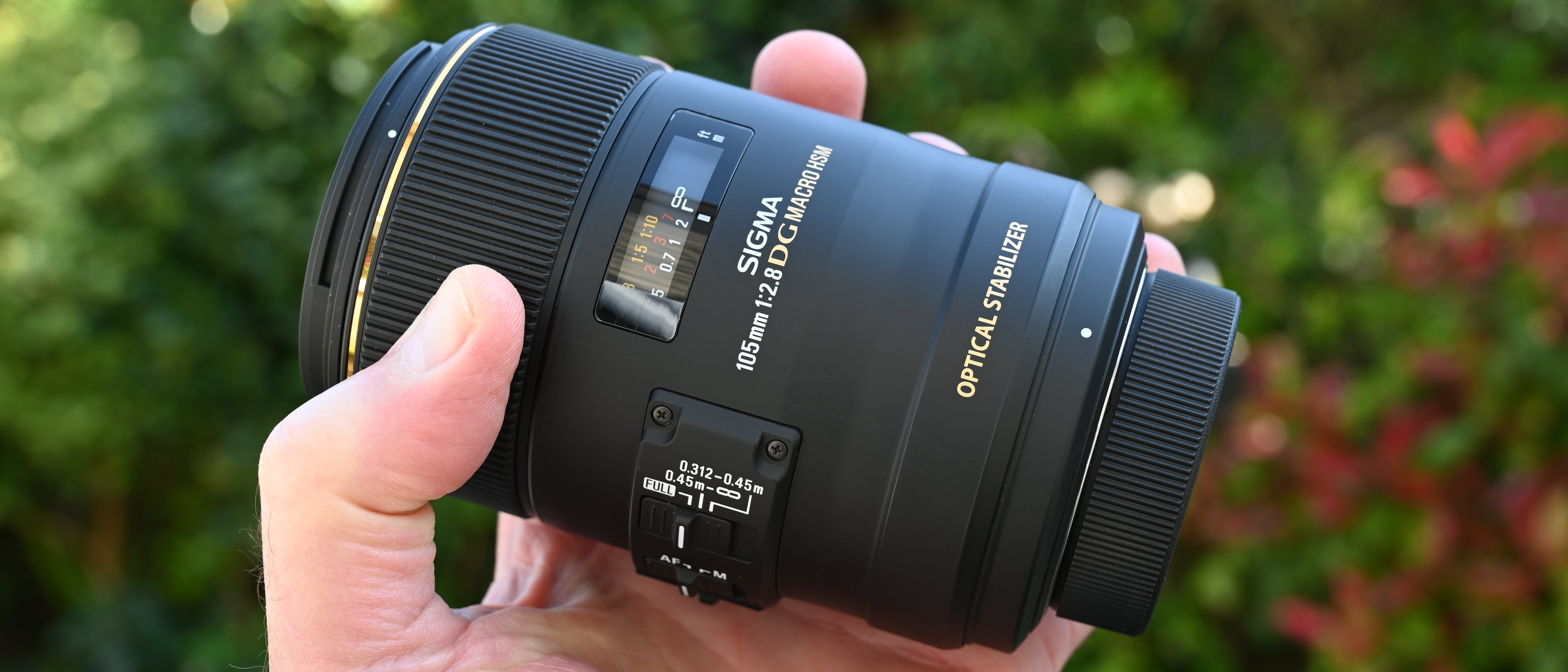DJI Mavic 3 arrives with MFT sensor, 28x hybrid zoom, 5.1K video, ProRes & 1TB SSD
Cine quality drone takes aerial photography to new heights
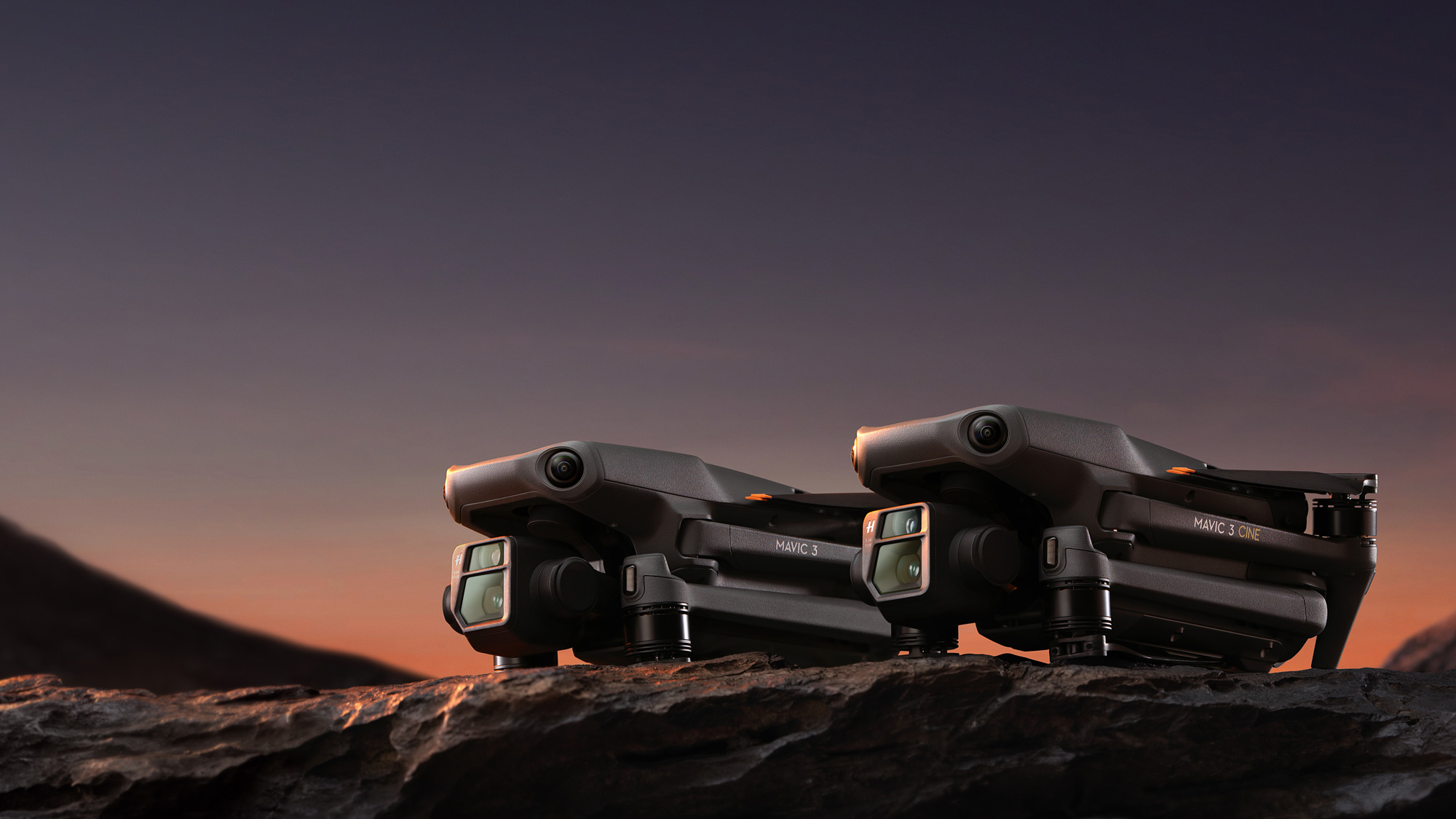
DJI today rounded off the company’s promised three announcements of the season with the new Mavic 3, a replacement for their iconic flagship folding drone. The new model features a high-quality Hasselblad Micro Four Thirds CMOS camera partnered with a hybrid telephoto zoom on a single gimbal which can record at up to 5.1K video. It boasts omnidirectional collision sensors with up to 200m sensitivity, updated subject tracking and up to 46 minutes flight time.
Two versions of the drone will be offered: the standard Mavic 3 and the Mavic 3 Cine. The latter will offer Apple ProRes 422 HQ encoding and an onboard 1 TB SSD to provide the high-speed storage for that video (encoded at up to 3772 Mbps), while the ‘standard’ is clearly setting the Mavic 3 as a premium drone – marking a clear step above the appealing DJI Air 2S.
See also: DJI Mavic 3 vs Air 2S
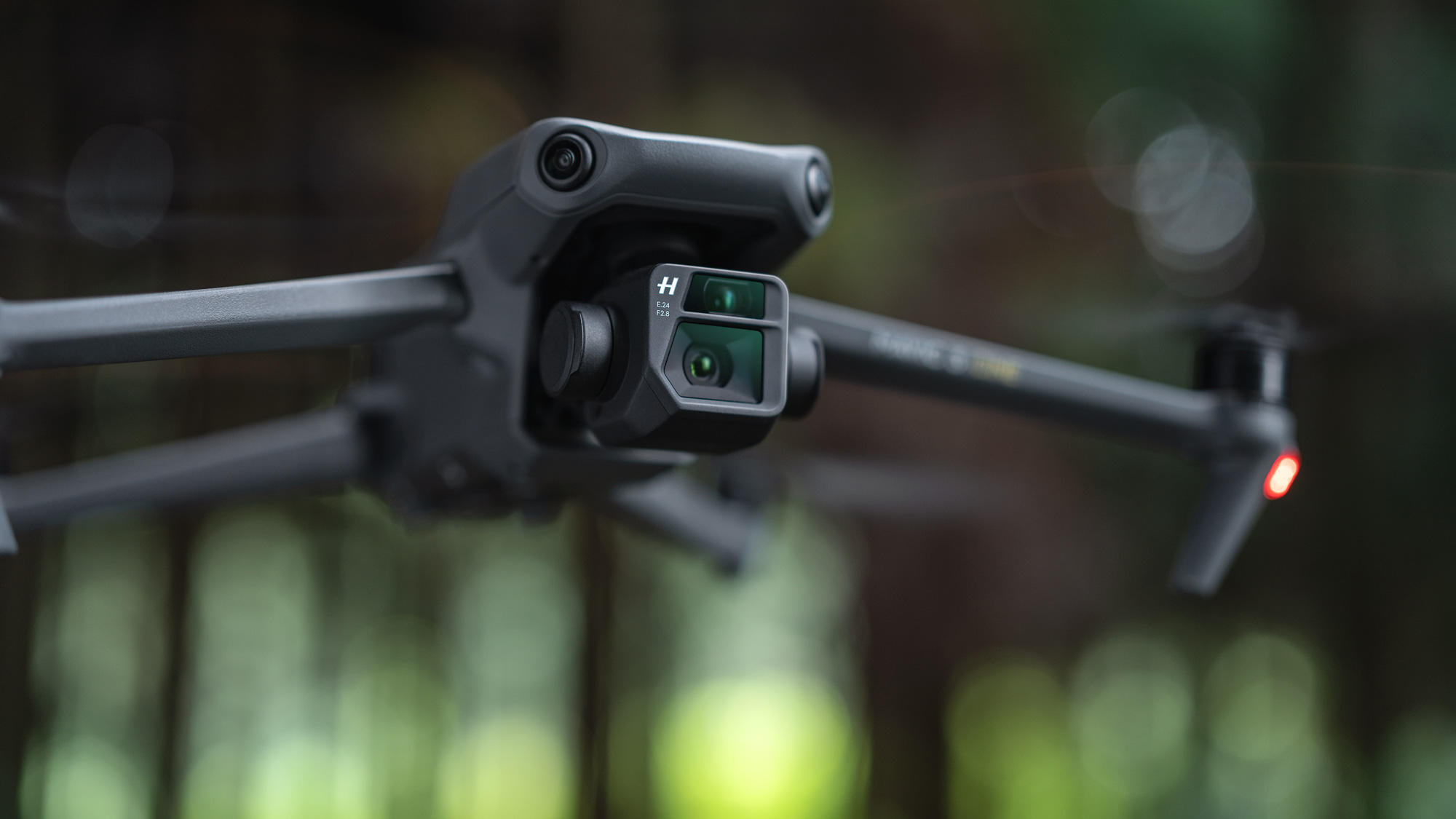
Rumors about this drone have been generated by DJI fans and followers almost as soon as the Mavic 2 emerged back in August 2018, each revealing an appetite for ever larger features and zoom.
Ferdinand Wolf at DJI Europe acknowledges the complexity involved in this release: “Creating the Mavic 3 was an arduous journey for our engineers who tackled complex technical problems…” he said. “Mavic 3 enables users to effortlessly make epic shots without compromising on small size, stunning performance, pervasive flight safety, and dazzling image quality.”
The old Mavic 2 Pro was DJI’s first to feature a Hasselblad-branded camera, and a one-inch sensor; a big step for a small drone at the time, but one now beaten with a Micro Four Thirds sensor (which measuring 17.3x13mm is practically twice the size found on the Mavic 2 Pro).
In 2018, if you wanted zoom the choice from DJI was the Mavic 2 Zoom, with a notably smaller sensor still, or investing in the professional-grade Inspire 2 with an MFT sensor and acquiring a separate zoom lens.
Get the Digital Camera World Newsletter
The best camera deals, reviews, product advice, and unmissable photography news, direct to your inbox!
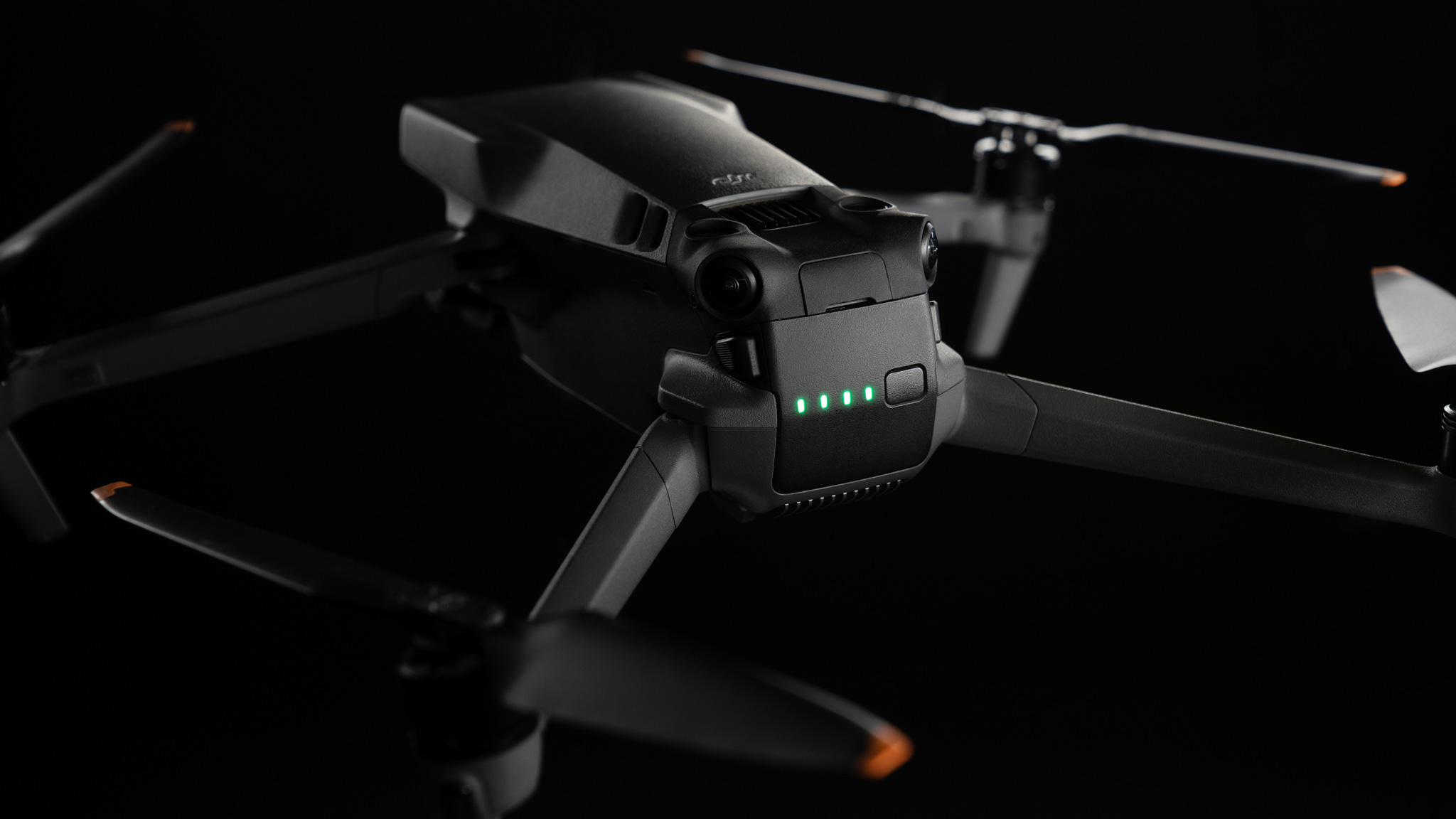
The new main camera is a 24mm EFL (84˚ FOV) is an autofocus camera, with adjustable aperture from ƒ/2.8-ƒ/11. The secondary camera features a hybrid 28 x zoom of which 7x optical and 4x digital; this has a 1/2-inch 12-megapixel sensor and fixed ƒ/4.4 aperture. The system offers the 10-bit color as seen on the Mavic 2 Pro, and video shooting 5.1K at 50fps or 4K at up to 120fps.
The Mavic 3 features a new version of DJI’s collision sensing and avoiding system, APAS 5.0, which takes input from the six fish-eye and two wide-angle object sensors. These sensors will also share data with the autofocus system, which should lead to faster sharp focusing.
At return-to-home a sensing range of up to 200m is available. The latest version of subject tracking tool ActiveTrack 5.0 enables a broader variety of angles, too. The previous version preferred subject toward or from camera style shots, whereas v5 will be able to follow from the side.
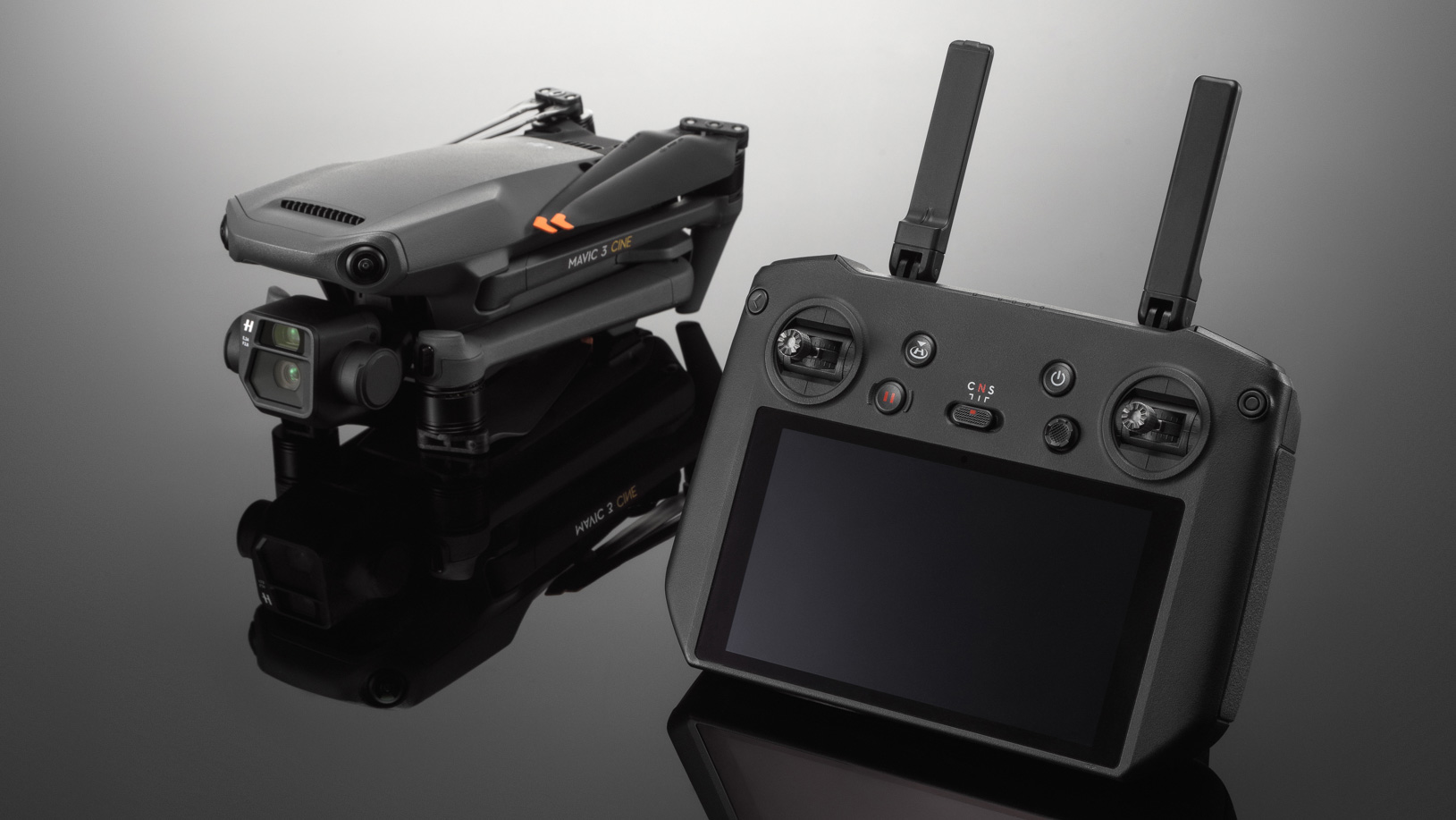
The Mavic 3 features another iteration in radio control tech, O3+, taking the maximum range to 15km and offering live feedback at 1080P at 60fps, a higher frame rate than usually seen on live view. This tech is supported via a DJI controller (of the kind seen with the Air 2S) or new DJI RC Pro – a new all-in-one controller and screen DJI are launching alongside the Mavic 3.
In keeping with the original teaser image, the battery is accessed through the tail, and packs 5,000mAh to the Mavic 2’s 3,850mAh – enough energy for 46 minutes flight. The 65W charger also adds a USB-C output so it can top up a notebook or phone.
Pricing
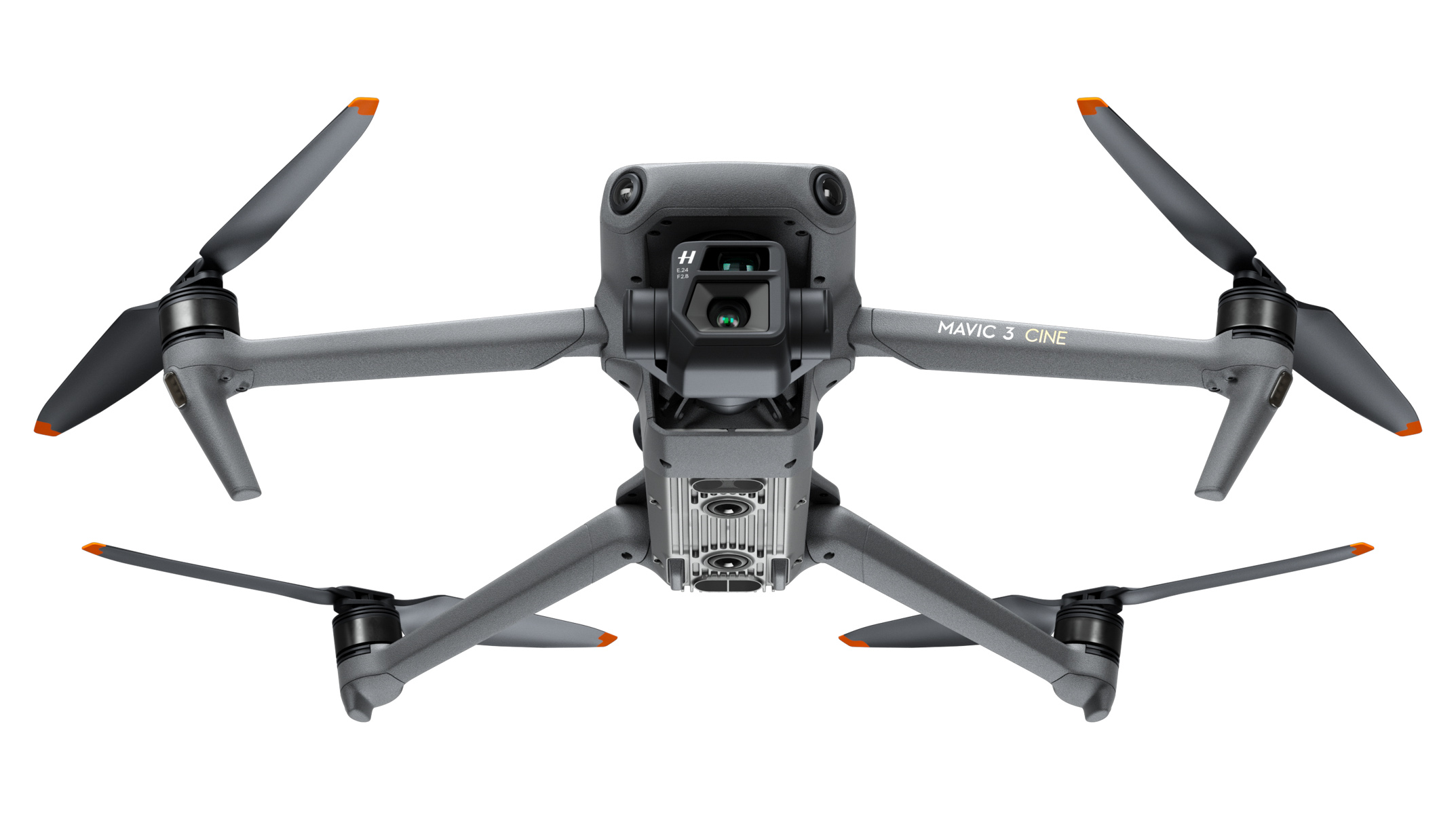
Unlike its predecessor, which was offered in ‘Zoom’ and ‘Pro’ models (with optical zoom and a larger sensor respectively), there is only one camera unit, but there is still a choice to be made when purchasing:
The standard DJI Mavic 3 is already available for pre-order for $2,199 / £1,879 / AU$3,099, including the drone, standard controller, charger, storage cover and propellers.
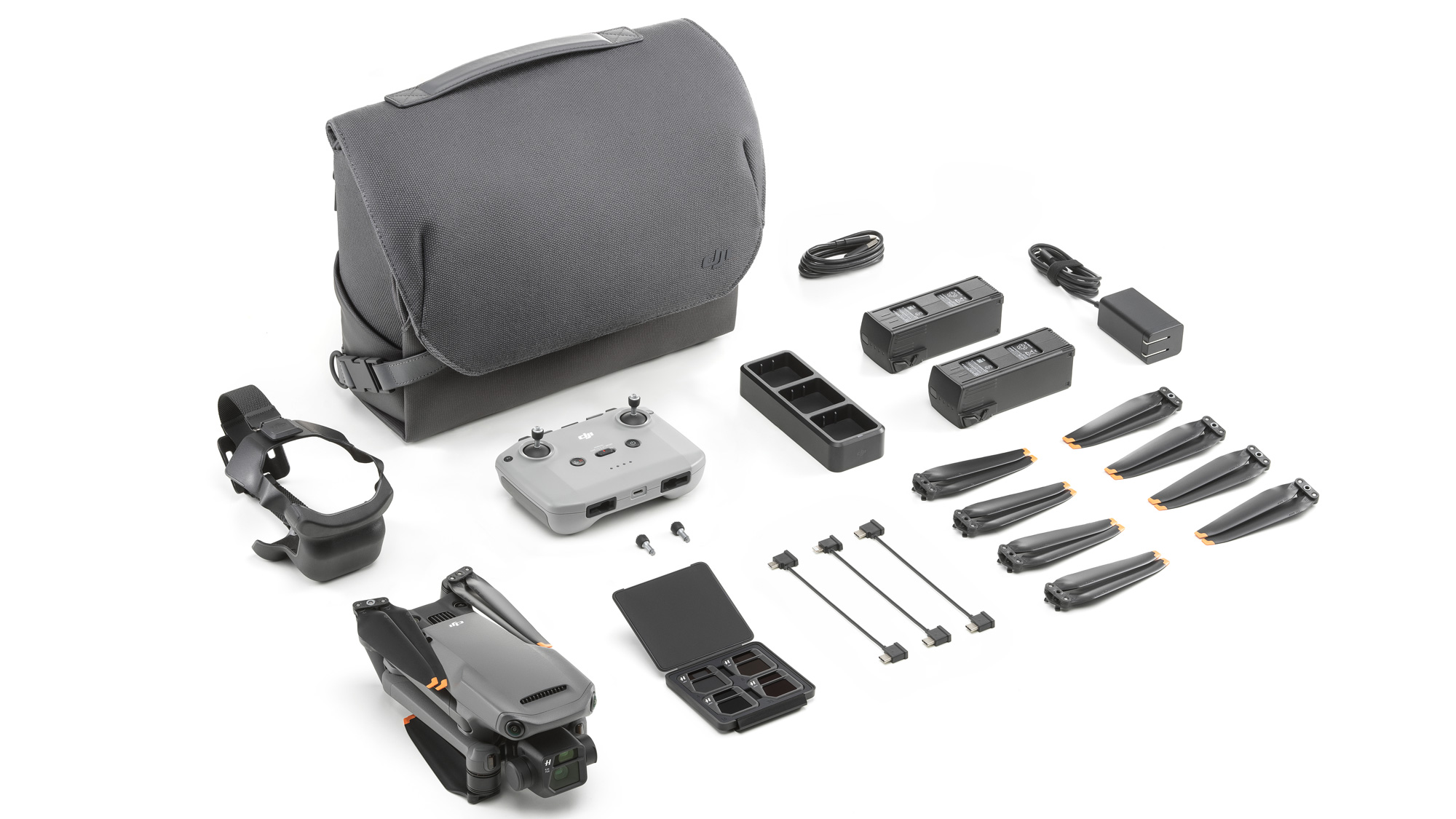
As usual, a ‘Fly More’ pack is being offered for $2,999 / £2,549 / AU$4,199 which includes three batteries, a charging hub, a set of neutral density filters (4, 8, 16, 32) and a new convertible carrying case.
Finally the Mavic 3 Cine Premium Combo will sell for $4,999 / £4,279 / AU$7,199, will include the Cine version of the drone, the RC Pro controller, a 10 Gbps Lightspeed data cable, all the accessories in the Fly more pack and an additional ND filter set (64, 128, 256, 512).
• US: Pre-order the DJI Mavic 3 at Adorama
• AU: Pre-order the DJI Mavic 3 at Ted's Cameras
Read more
• Best indoor drones
• Best camera drones
• Best drones for kids
• Best drone for beginners
• Best drone for fishing
• Best FPV drones
• The best drone accessories
• Drone rules and regulations

With over 20 years of expertise as a tech journalist, Adam brings a wealth of knowledge across a vast number of product categories, including timelapse cameras, home security cameras, NVR cameras, photography books, webcams, 3D printers and 3D scanners, borescopes, radar detectors… and, above all, drones.
Adam is our resident expert on all aspects of camera drones and drone photography, from buying guides on the best choices for aerial photographers of all ability levels to the latest rules and regulations on piloting drones.
He is the author of a number of books including The Complete Guide to Drones, The Smart Smart Home Handbook, 101 Tips for DSLR Video and The Drone Pilot's Handbook.
